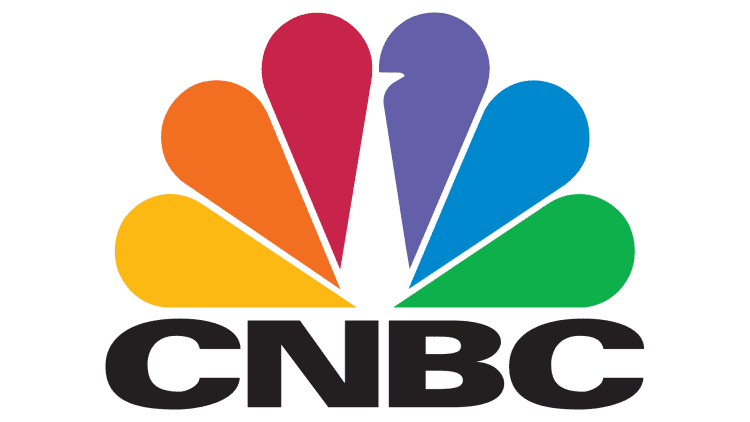The rising cost of college can make earning an advanced degree seem out of reach for many students today.
According to the College Board's 2018 Trends in College Pricing Report, from 1988 to 2018, prices tripled at public four-year schools and doubled at public two-year and private non-profit four-year schools.
In particular, private schools often get significant attention for having sky-high "sticker prices," which include tuition, fees, room and board. But when the College Board broke down what the average net price of college is today — taking scholarships and grants into account — they found that students typically pay less than the published price.
Brown University in Providence, Rhode Island, reports that the cost to attend for the 2018-2019 academic year included $54,320 for tuition, $9,120 for rooming, $5,550 for boarding, $2,017 for personal expenses, $1,595 for books, and $1,236 for fees — totaling roughly $73,892.
But for some students, the cost of attending Brown is significantly less.
Brown is considered a need-blind school, meaning it does not take a student's ability to pay into consideration during the admissions process. The school also claims to meet 100% of demonstrated need and, unlike many of its peers, does not include loans in its financial aid package.
Brown is able to provide this kind of financial support to students thanks to a $3.8 billion endowment that is still relatively humble compared to its fellow Ivy League institutions. (Harvard's endowment value, by comparison, is around $39.2 billion.)
Among class of 2021 at Brown, 43% of students receive need-based scholarship or grant aid. None of the students receiving financial aid were given loans by the university. Scholarships are determined based on demonstrated financial need.
Here are the average aid packages — including grants, work-study and campus employment but no loans — for the Brown class of 2022:
Families making less than $60,000
- Average aid package: $71,569
- Percent receiving need-based aid: 98%
Families making between $60,000 and $100,000
- Average aid package: $57,970
- Percent receiving need-based aid: 97%
Families making between $100,000 and $125,000
- Average aid package: $52,374
- Percent receiving need-based aid: 97%
Families making between $125,000 and $150,000
- Average aid package: $45,646
- Percent receiving need-based aid: 91%
Families making between $150,000 and $200,000
- Average aid package: $38,843
- Percent receiving need-based aid: 87%
Families making over $200,000 (those who qualify typically have multiple children in college)
- Average aid package: $24,108
- Percent receiving need-based aid: 35%
While aid for middle- and low-income students at Brown may be generous, most students who attend are from wealthy families. According to The New York Times, the median parental income of a student at Brown is $204,200, the highest among all Ivy League schools.
Roughly 70% of Brown students come from the highest-earning 20% of American households. About 19% come from the highest-earning 1% of American households.
Like this story? Subscribe to CNBC Make It on YouTube!
Don't miss:



